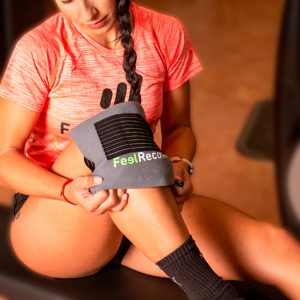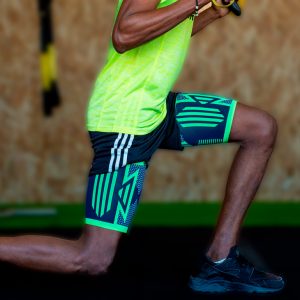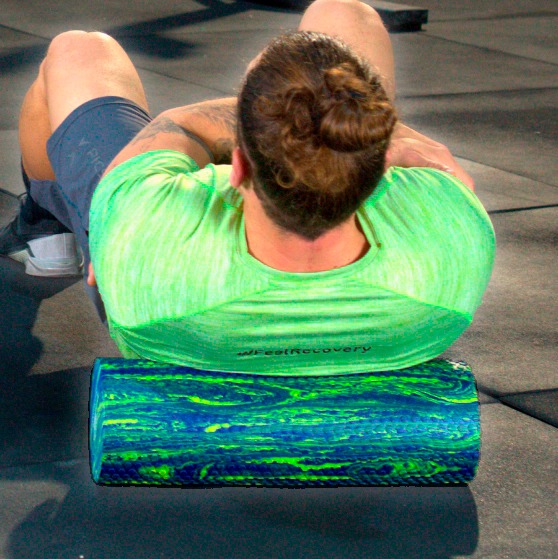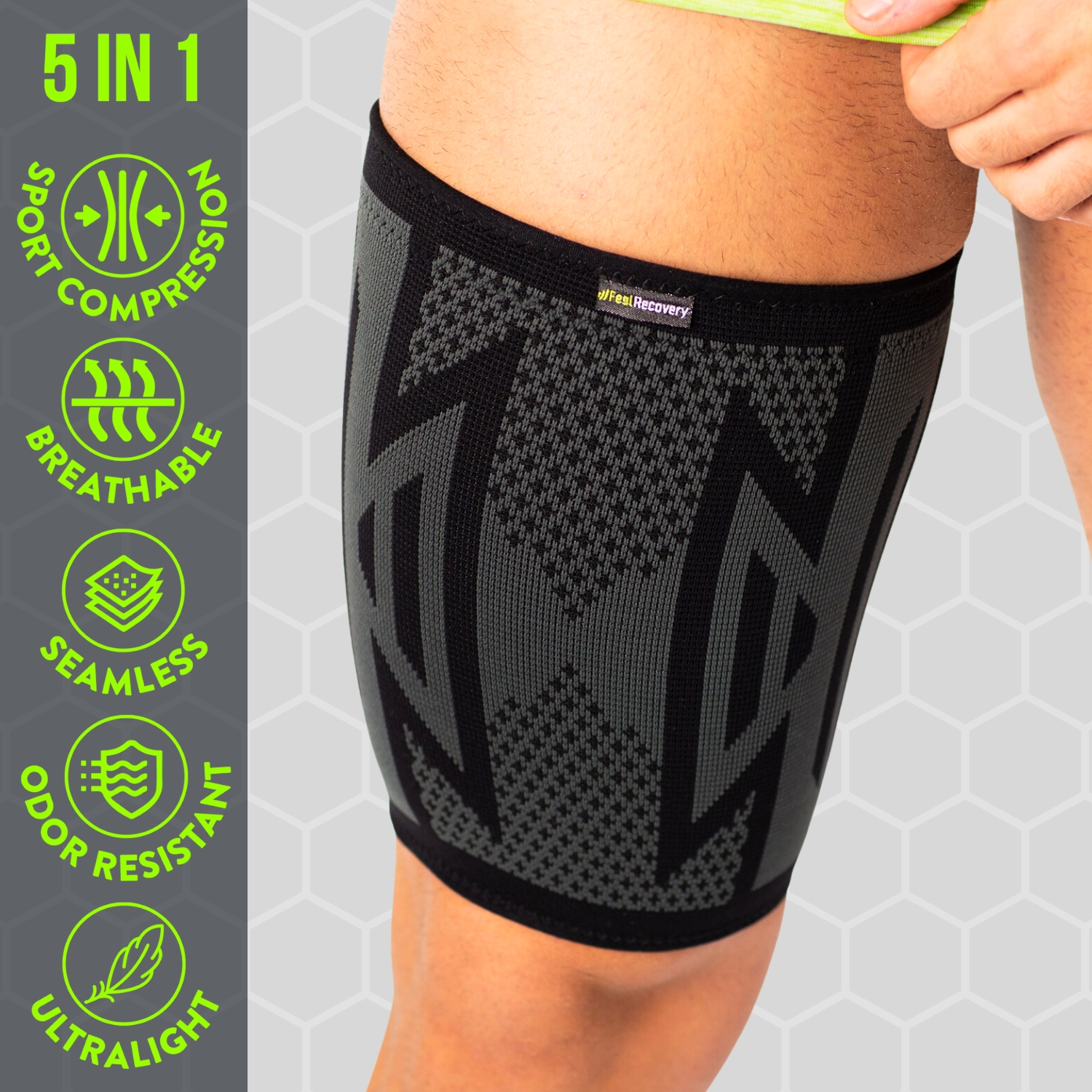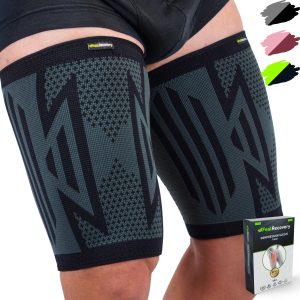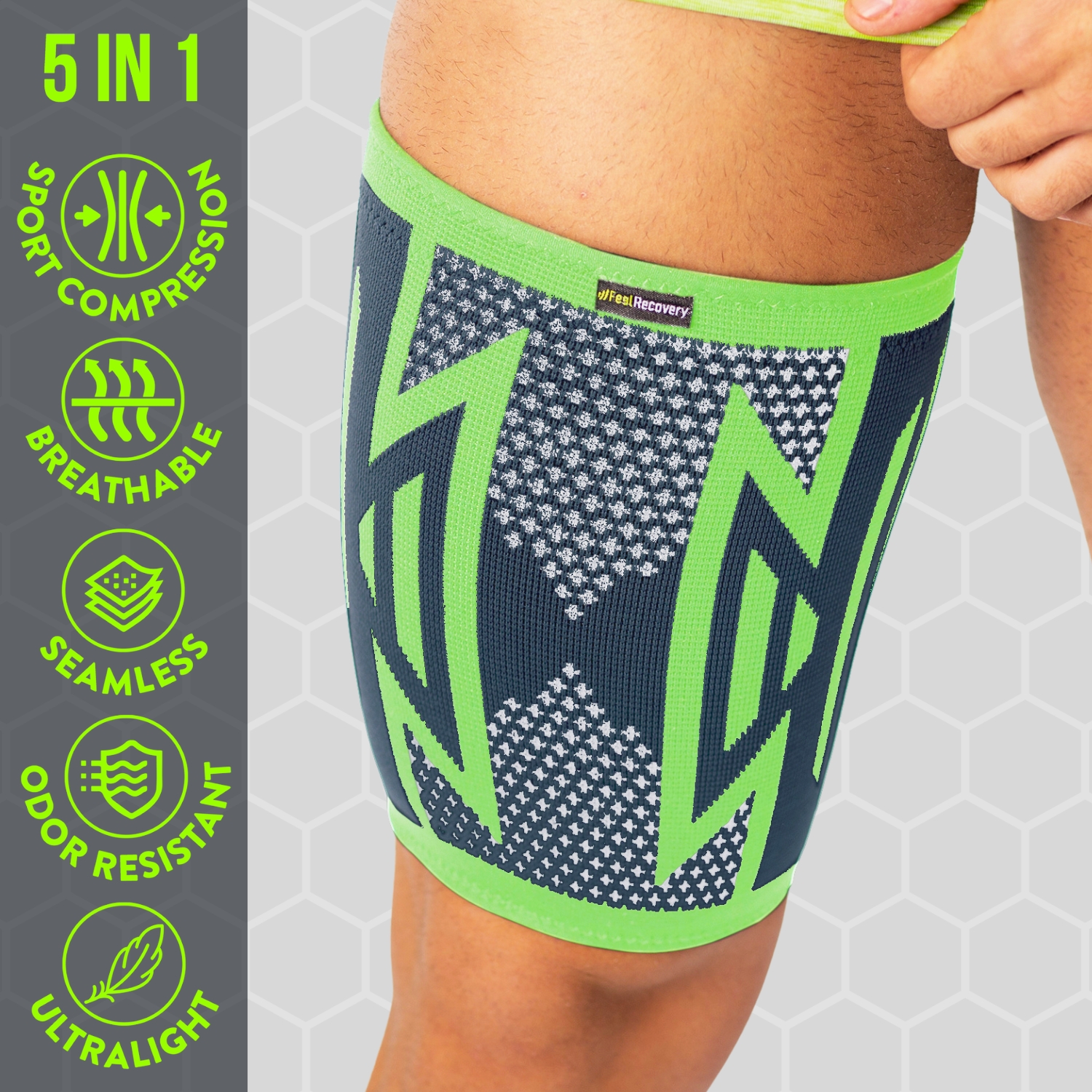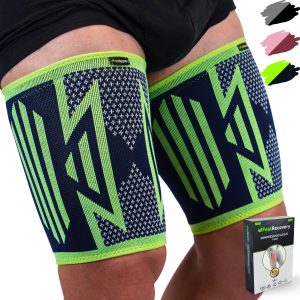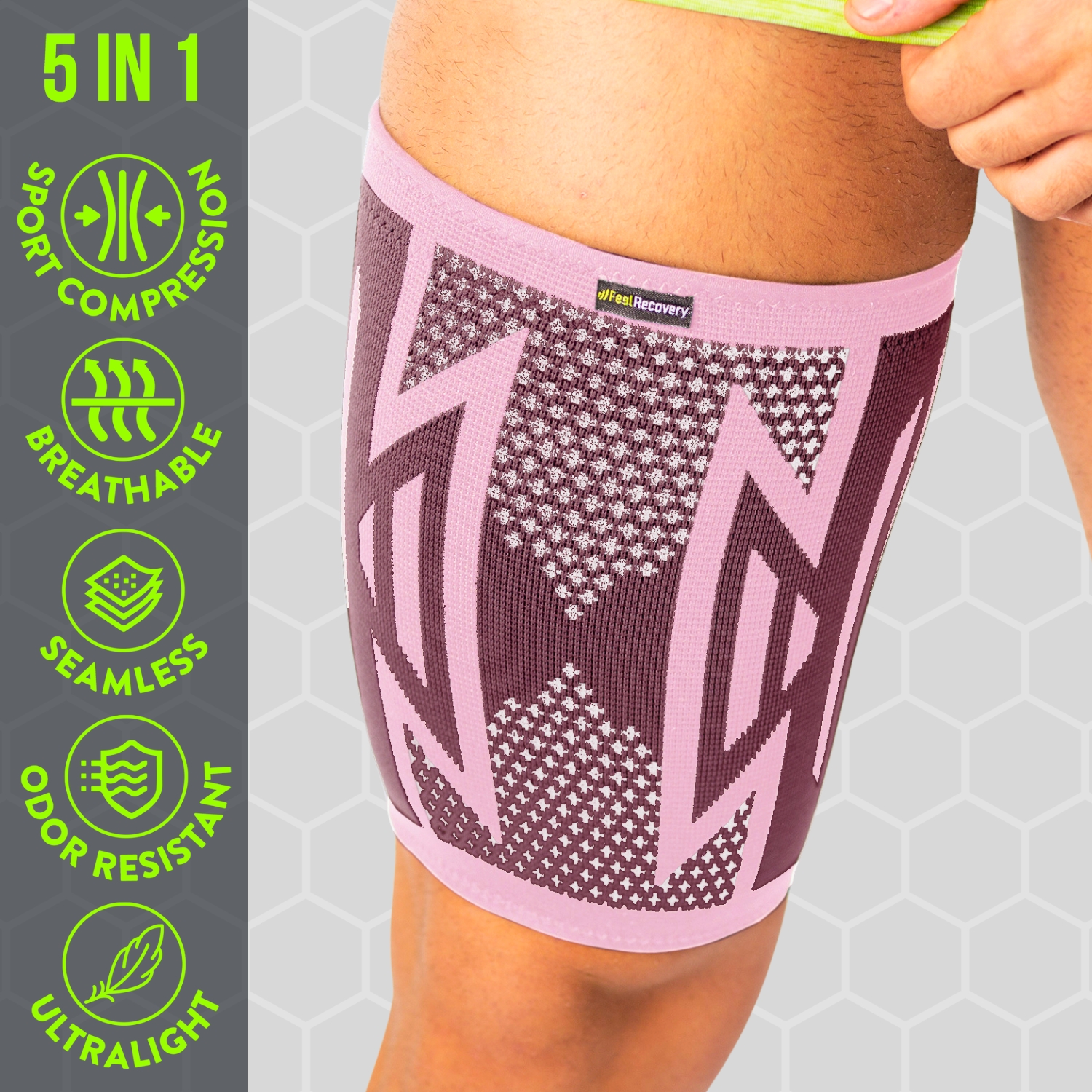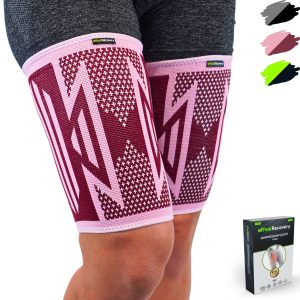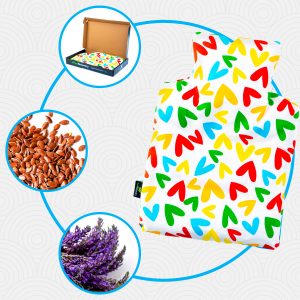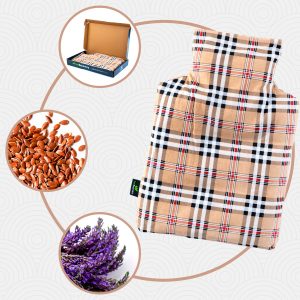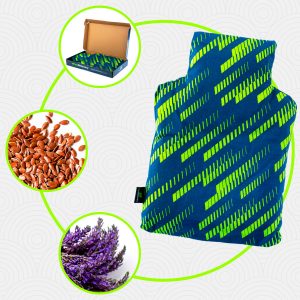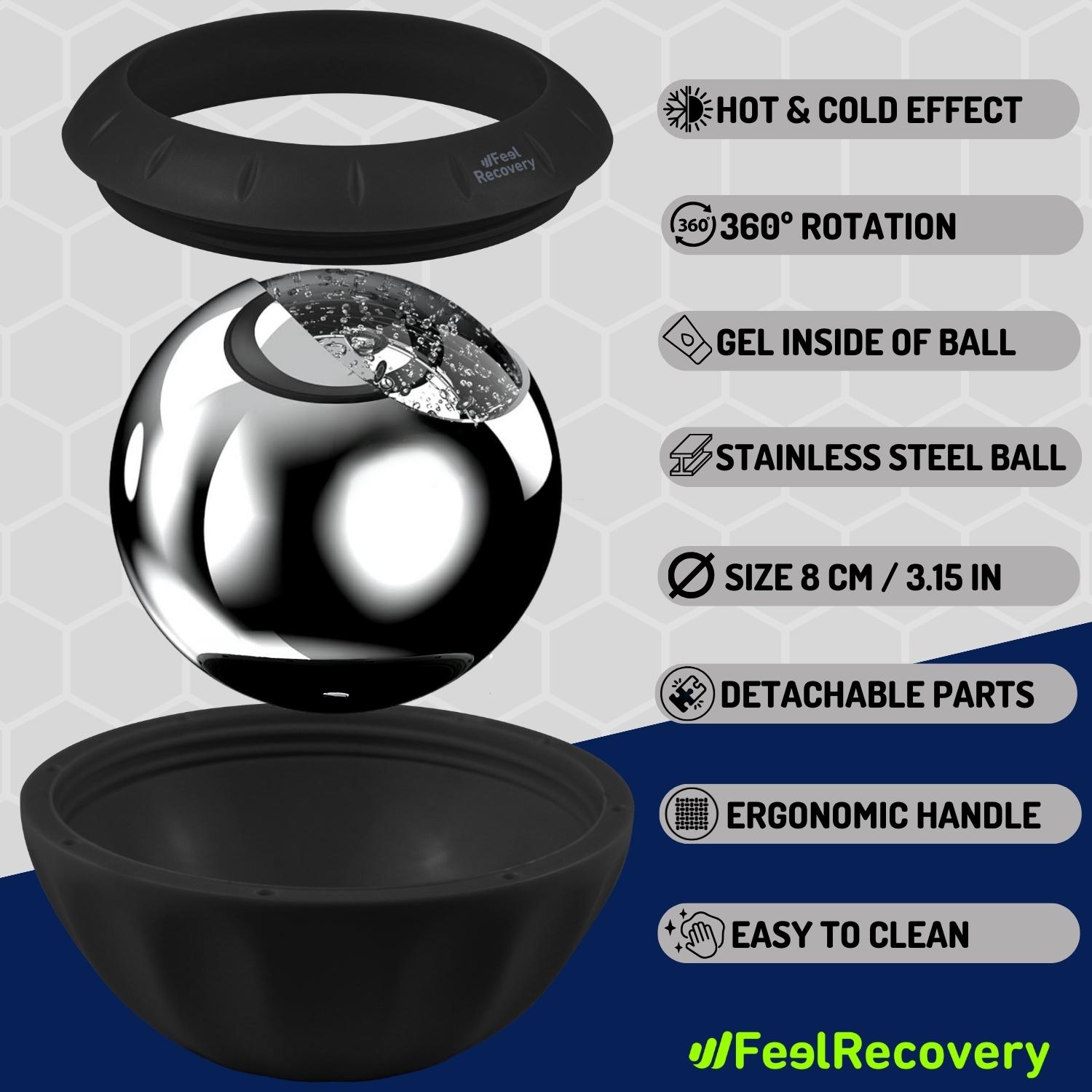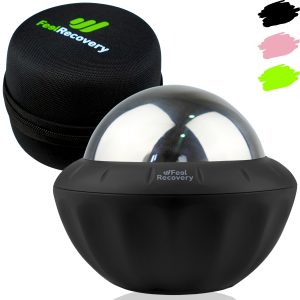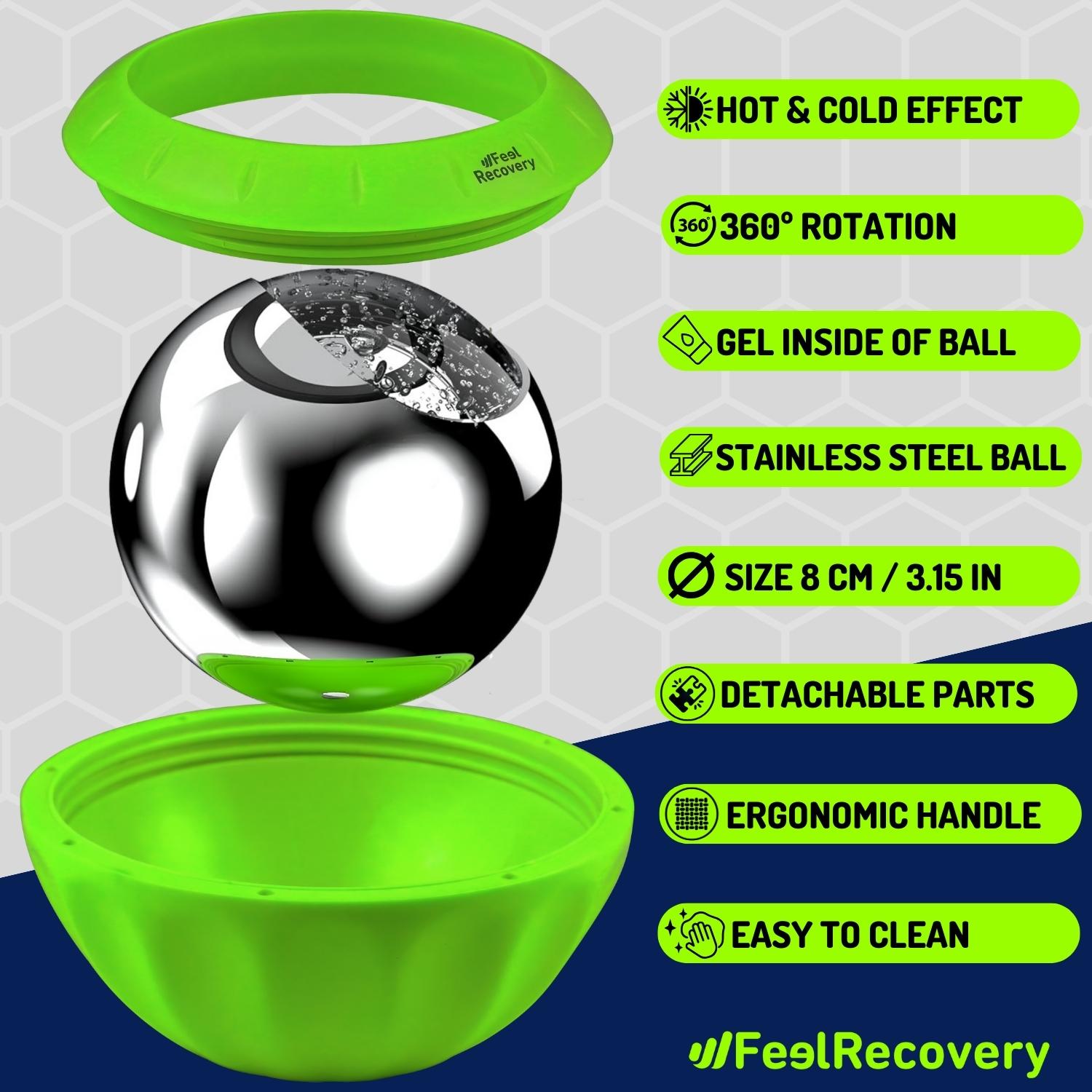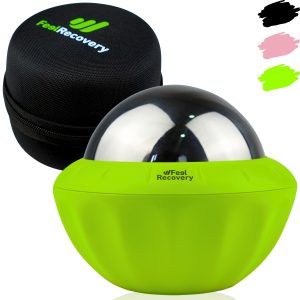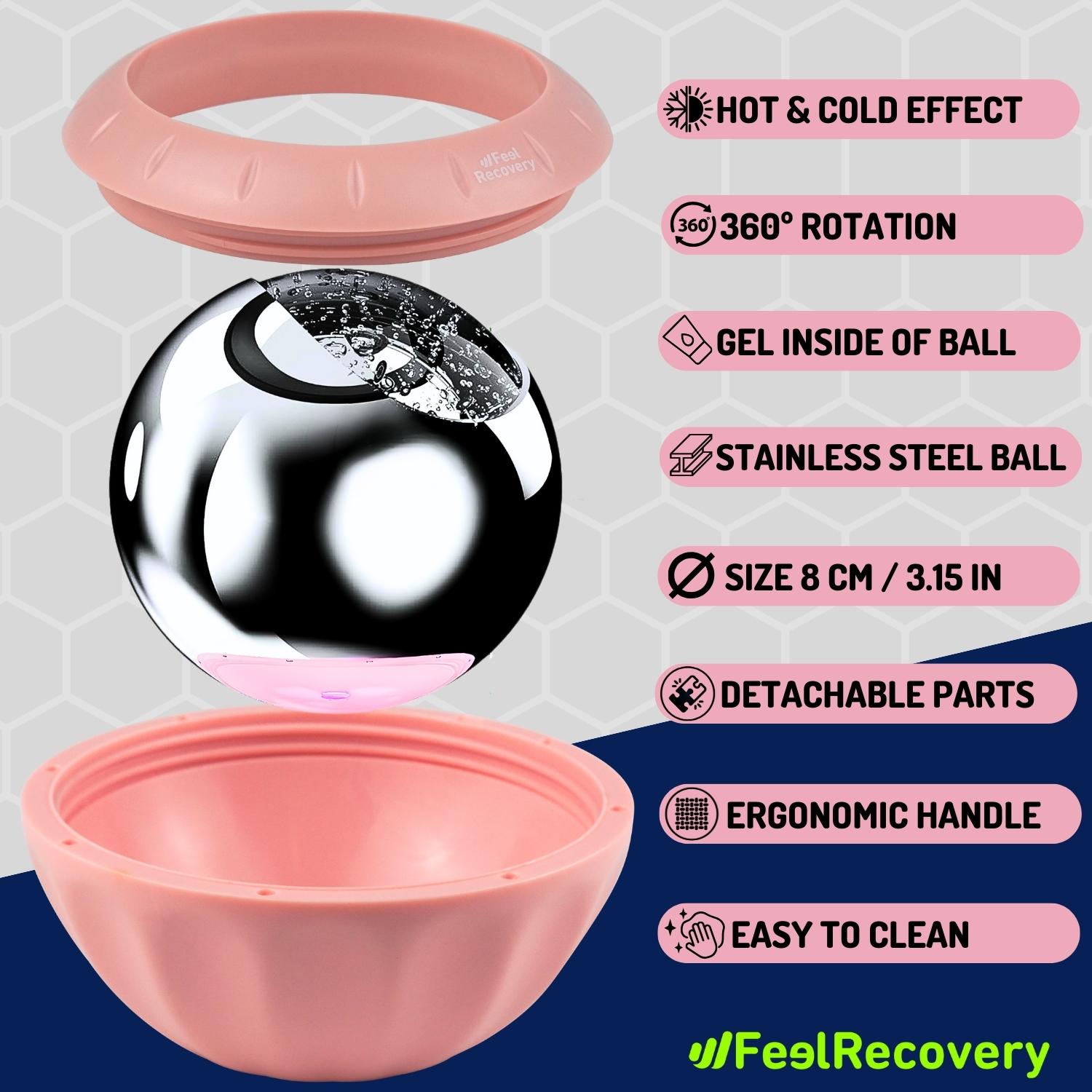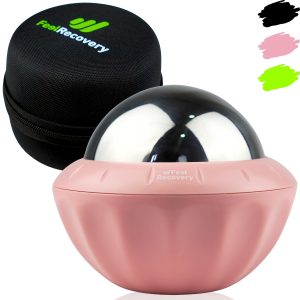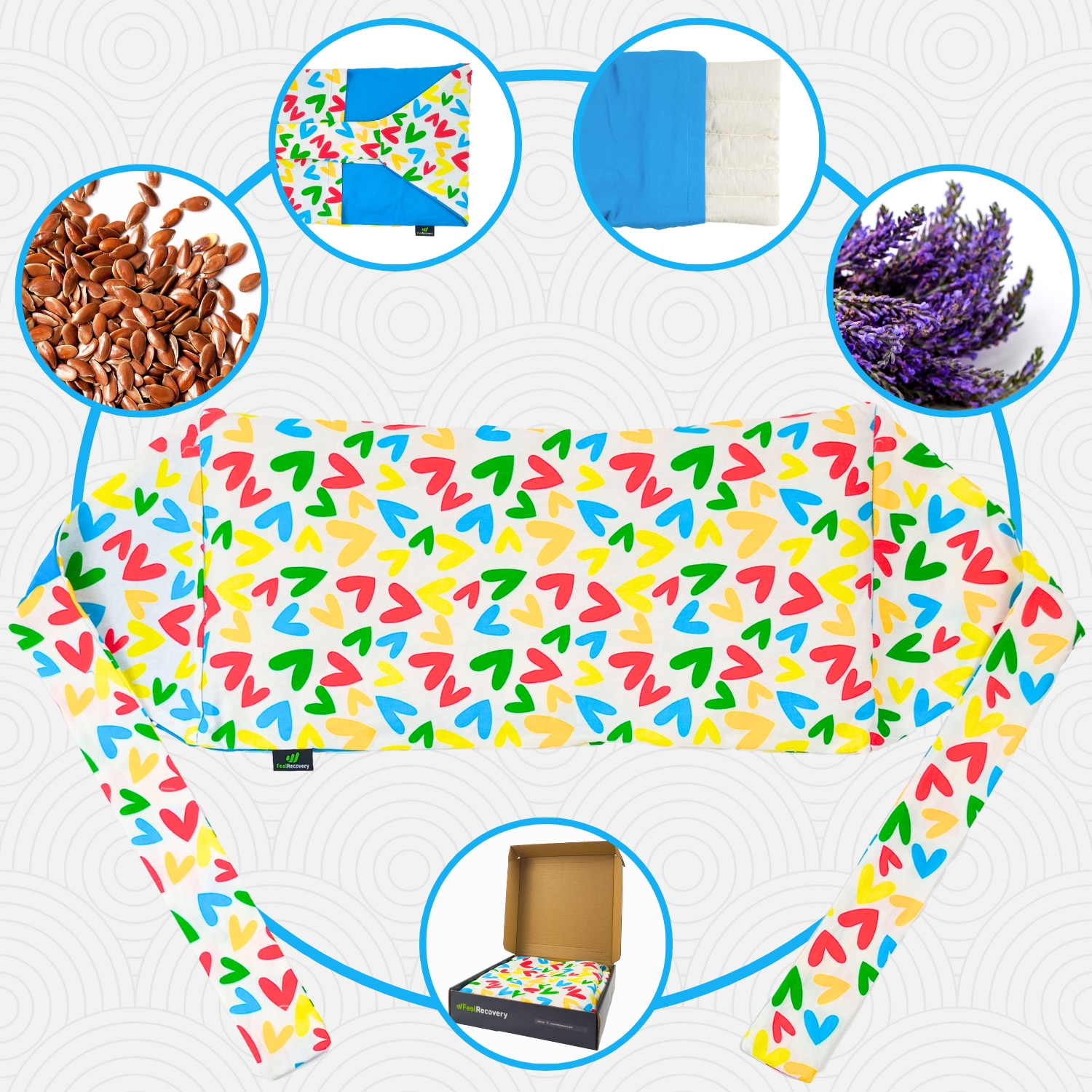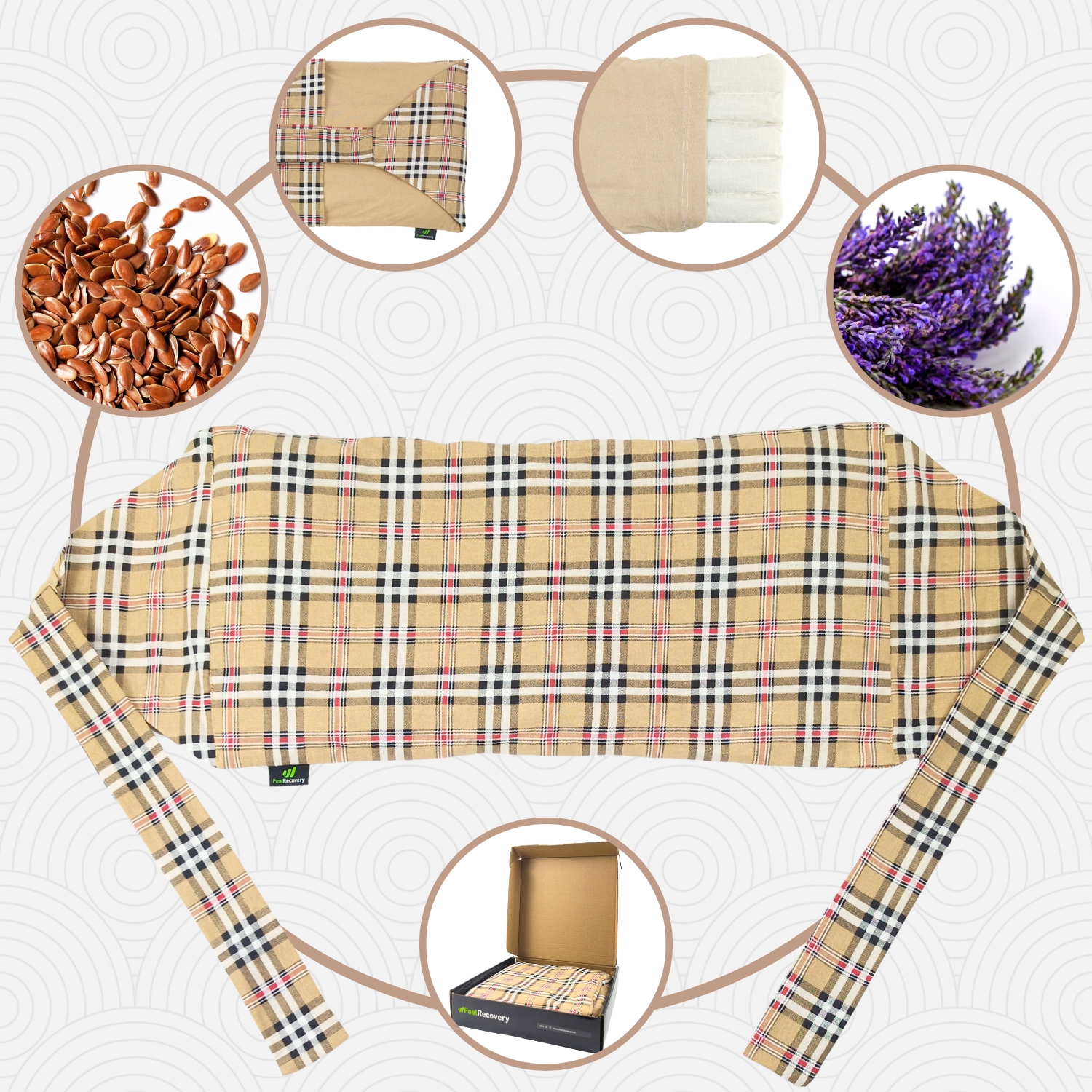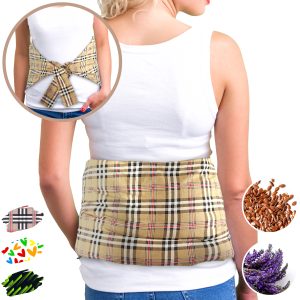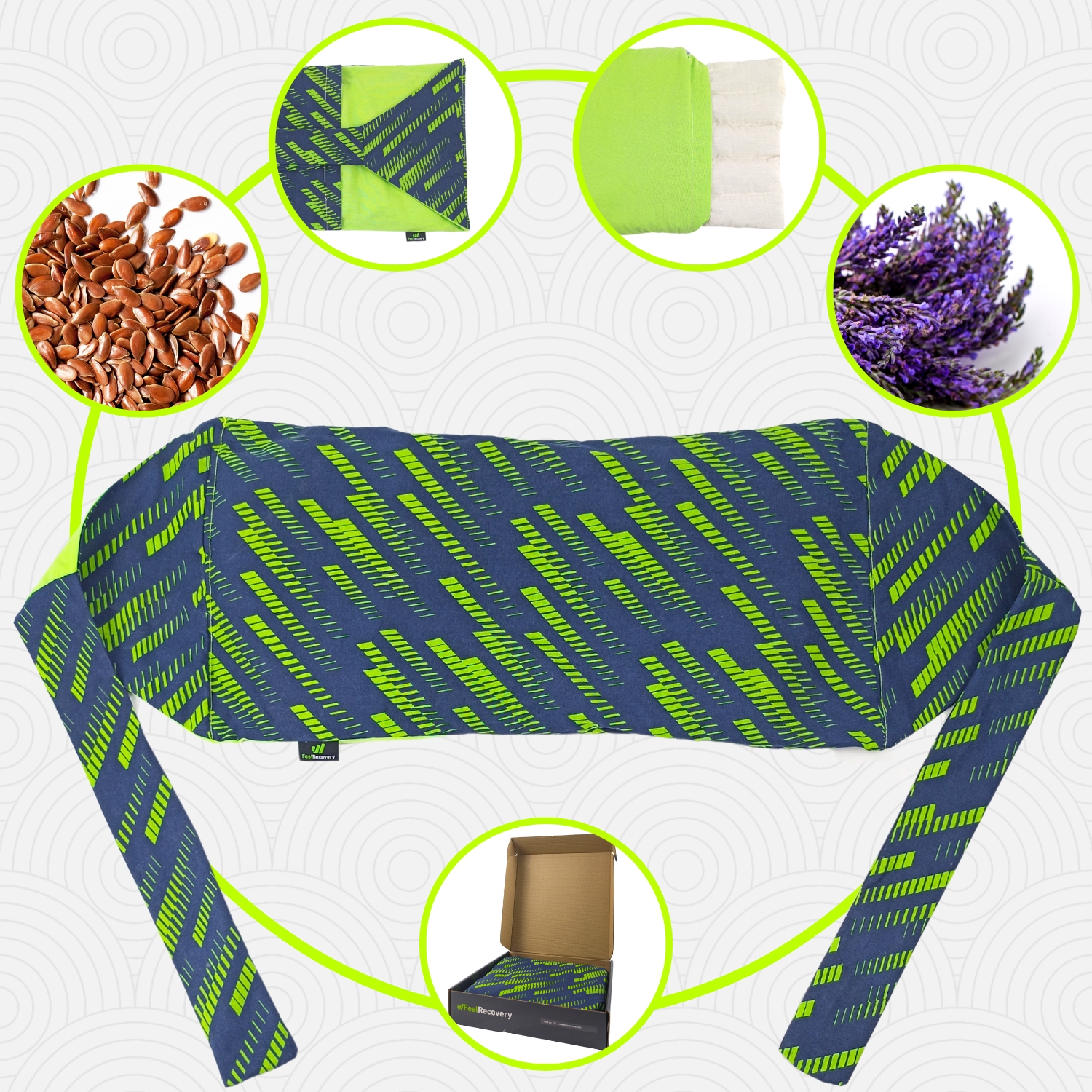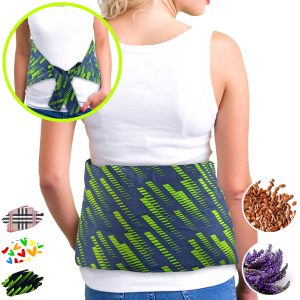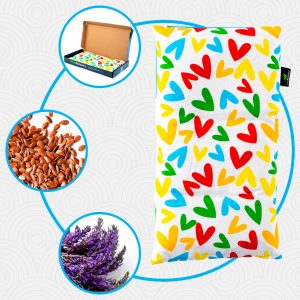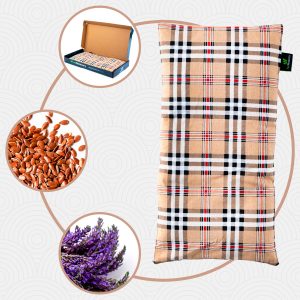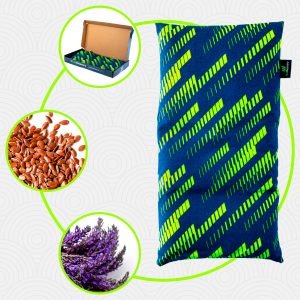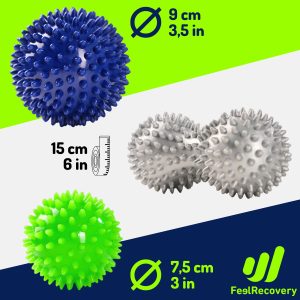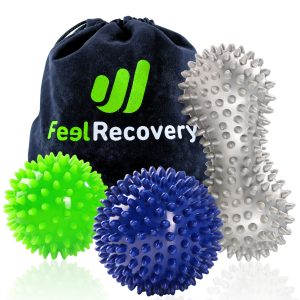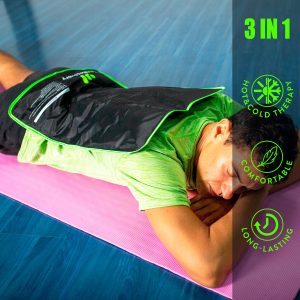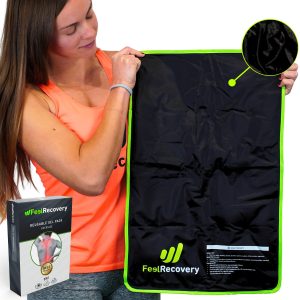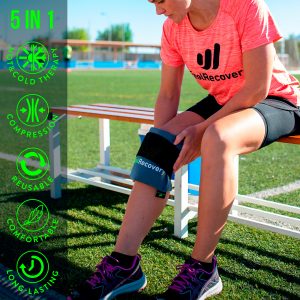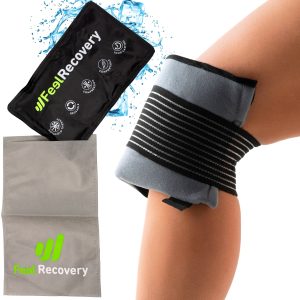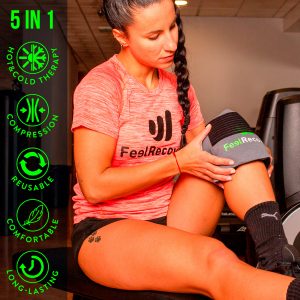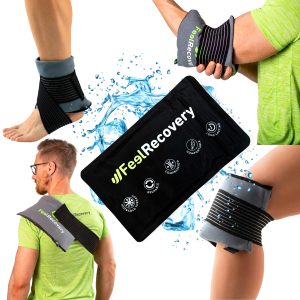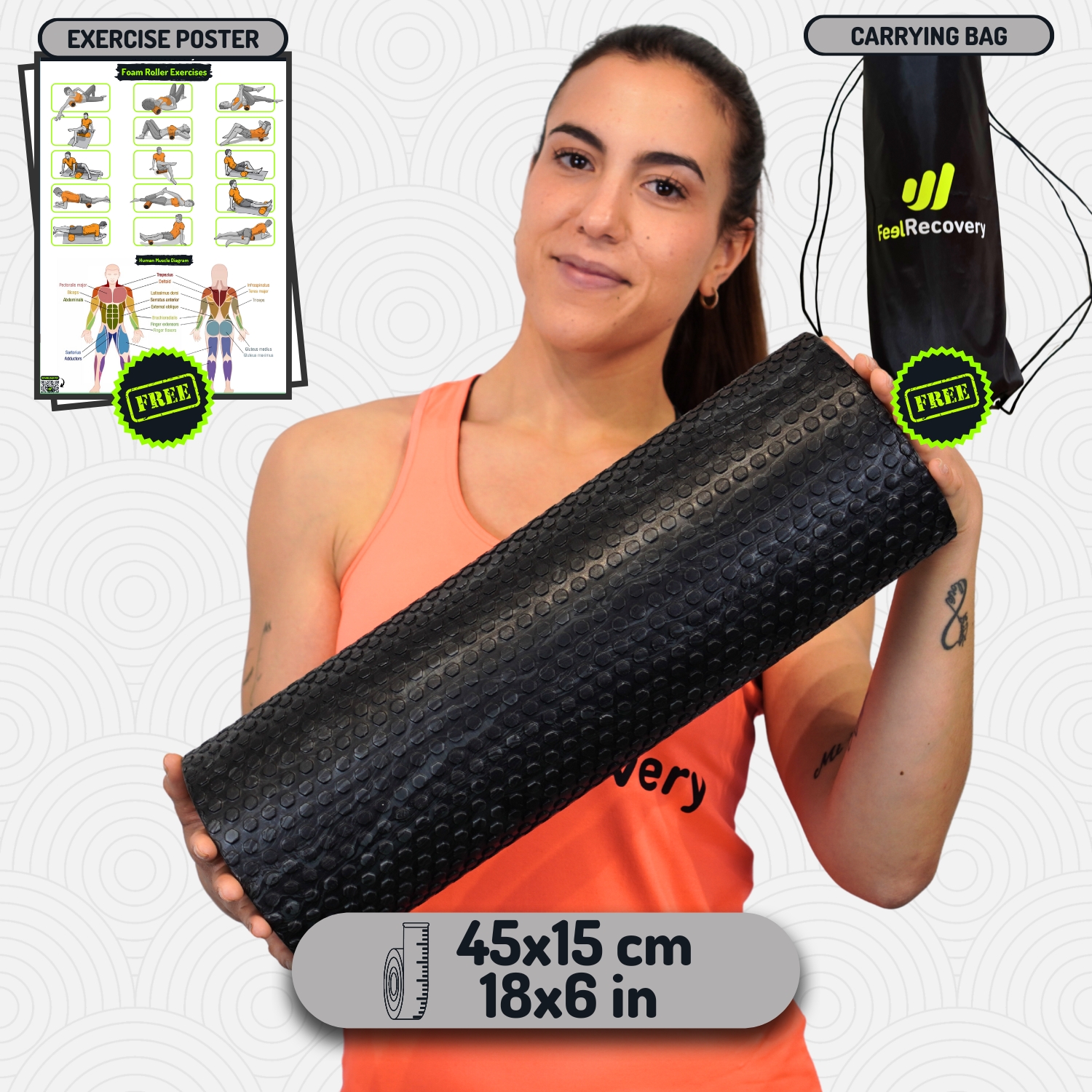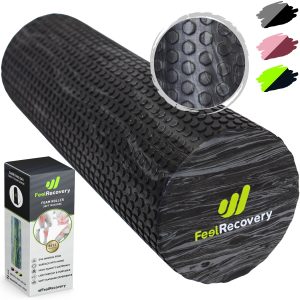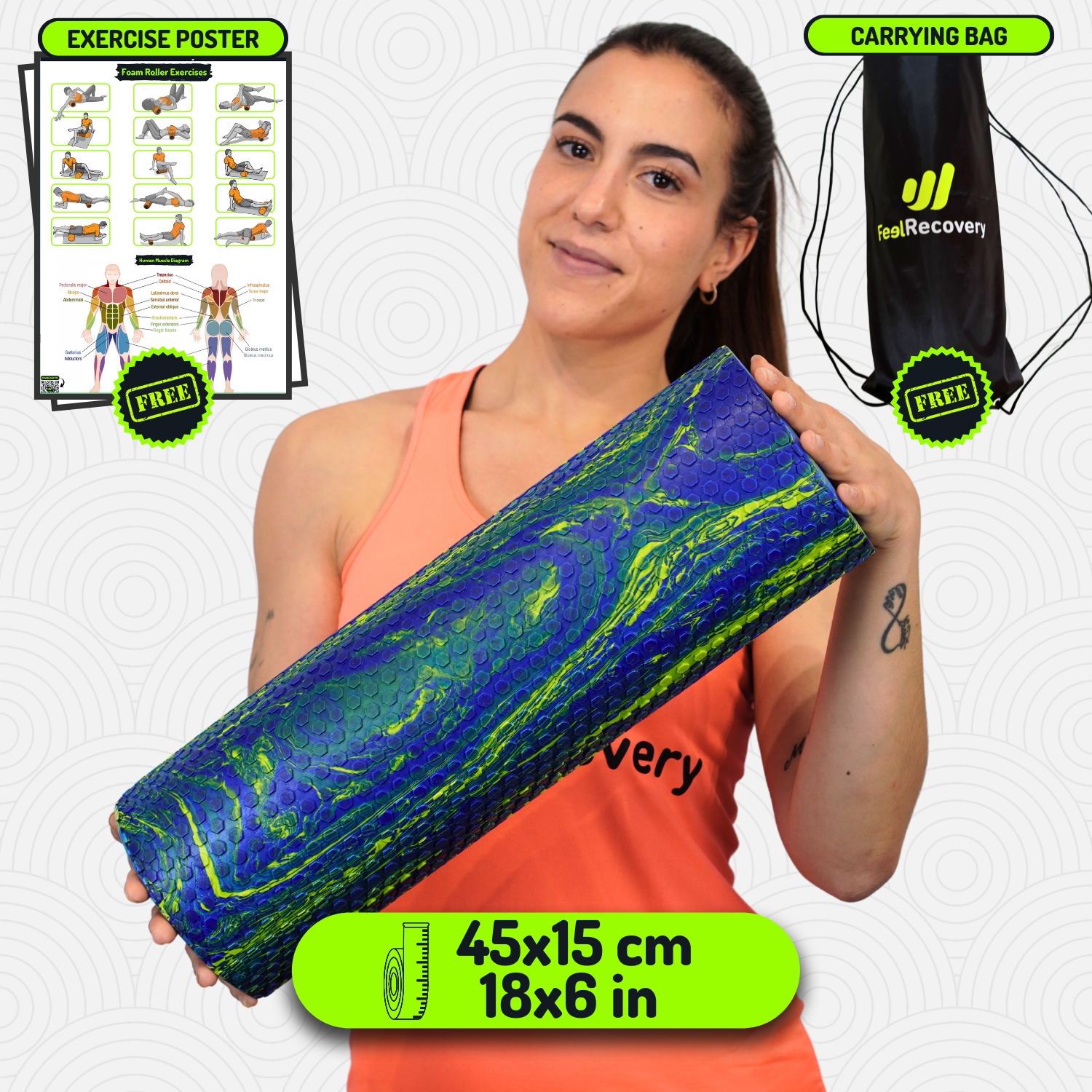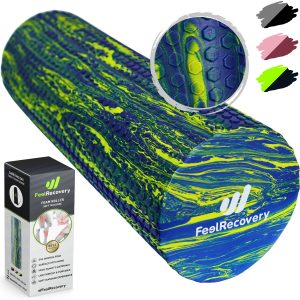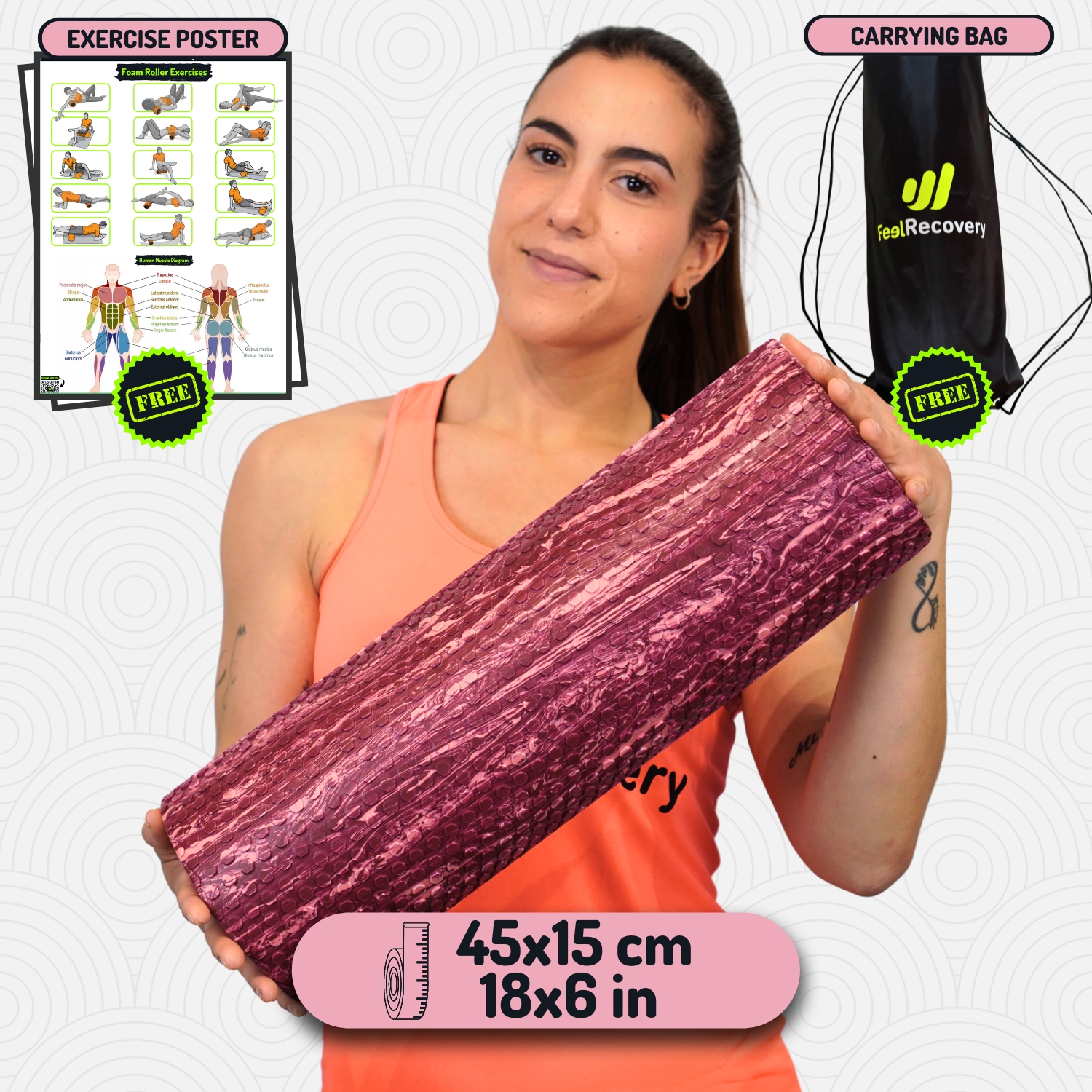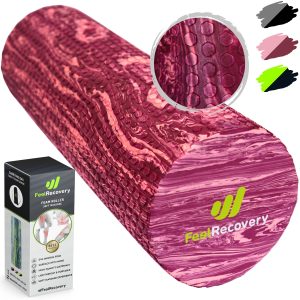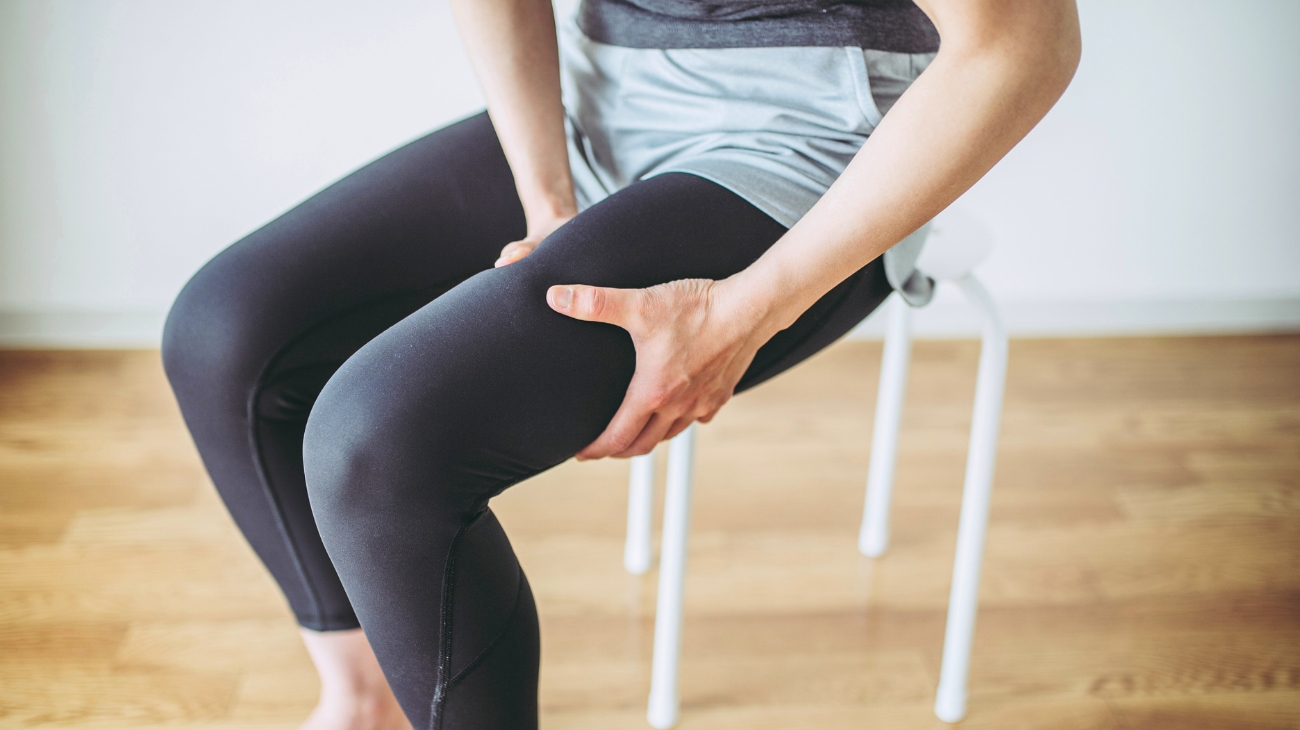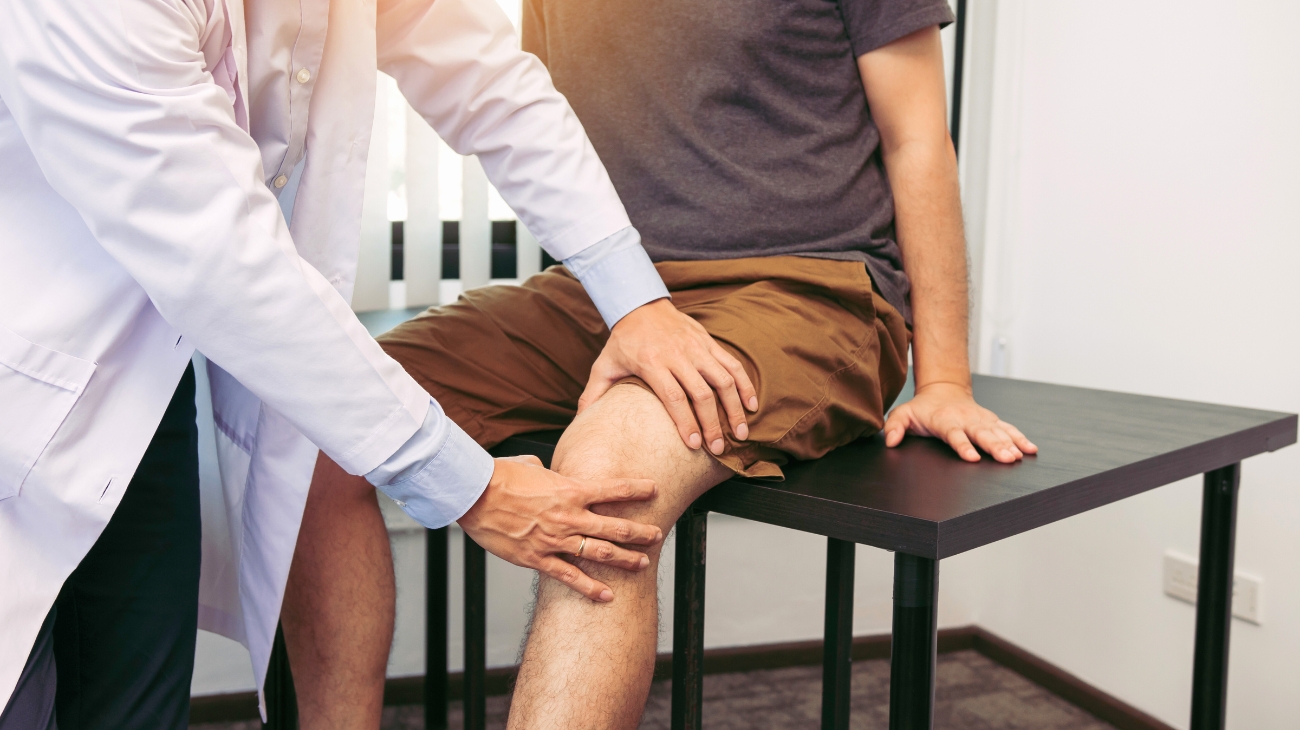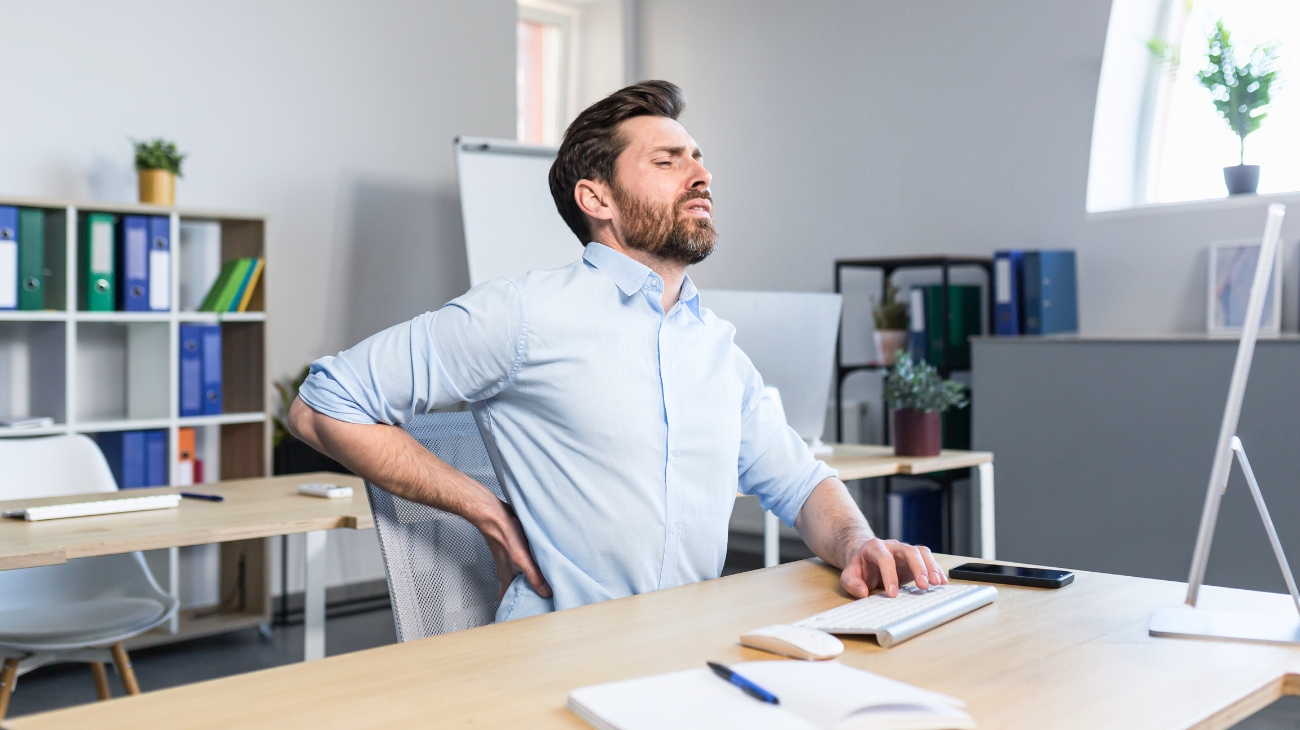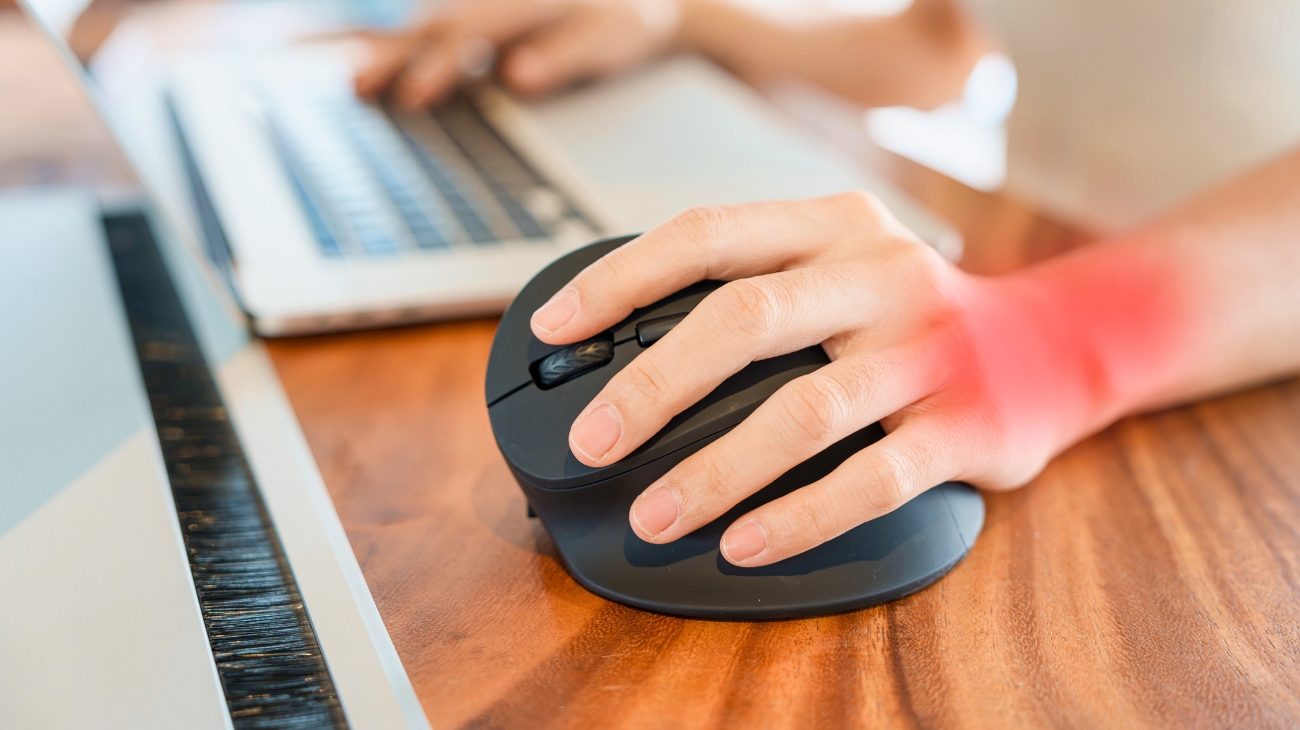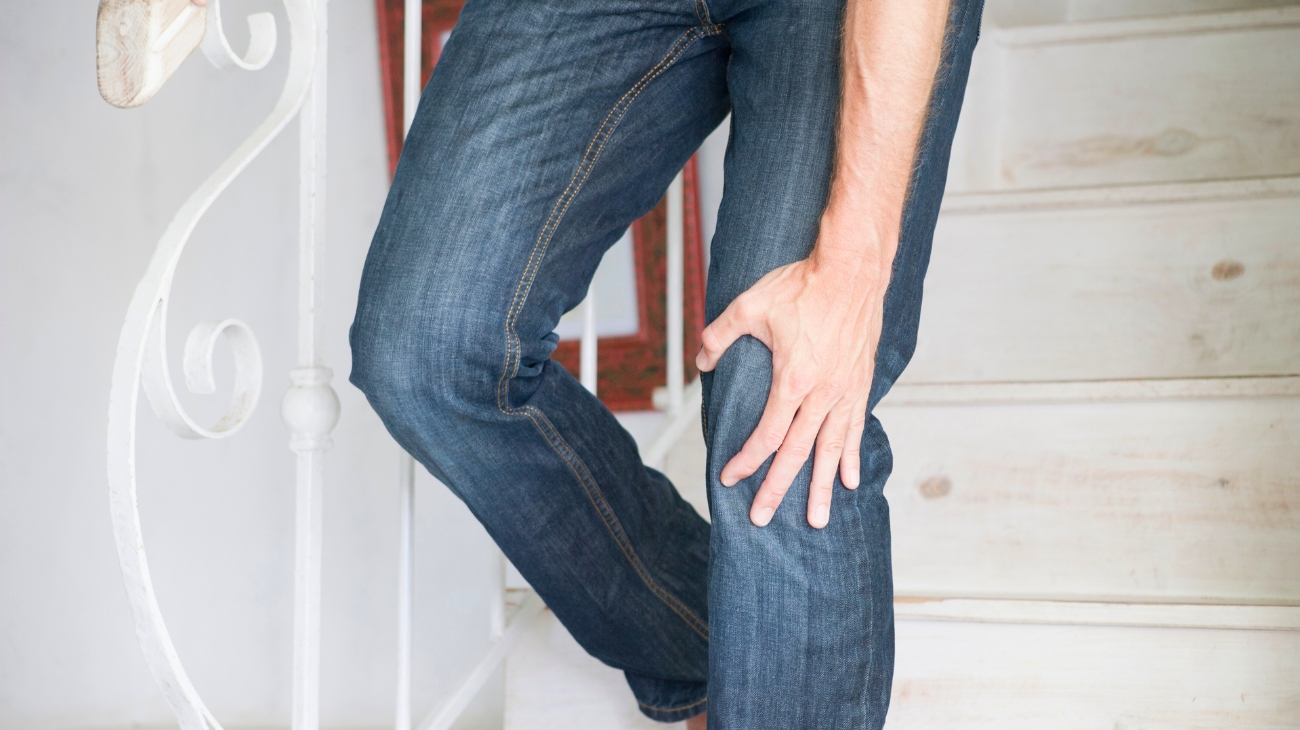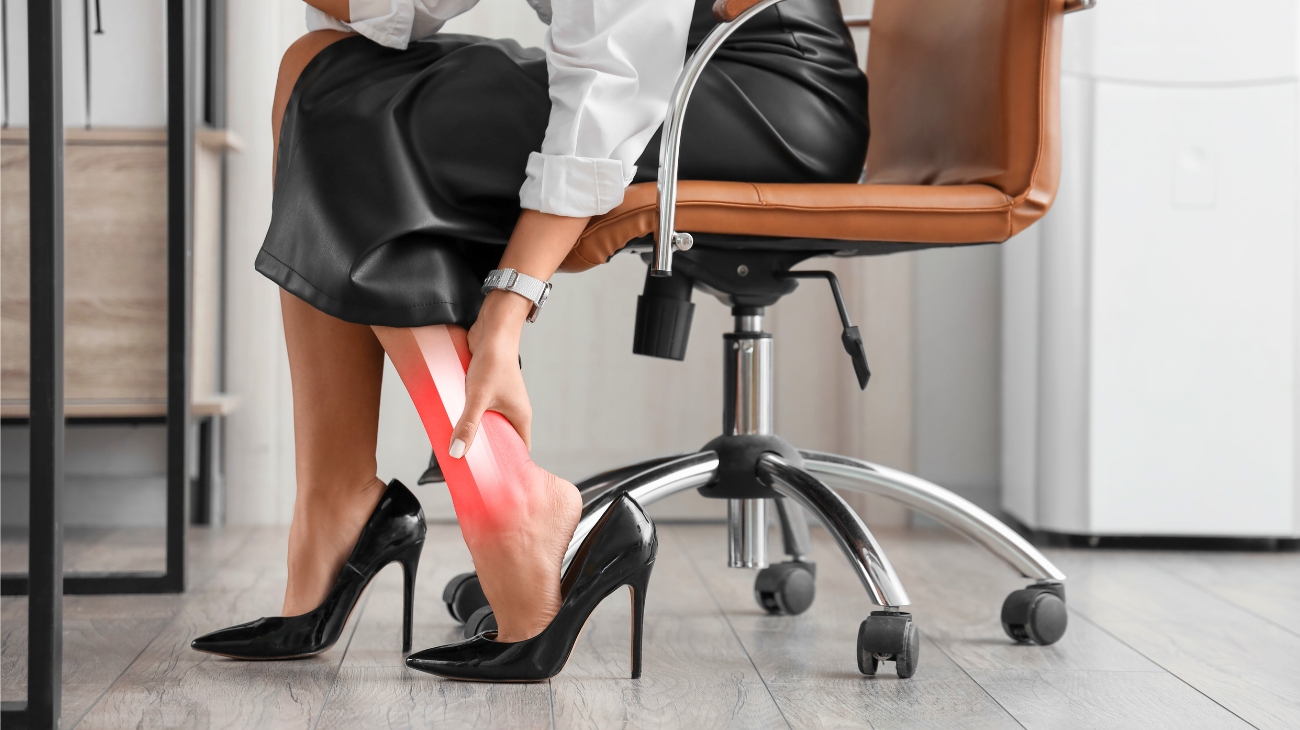Workplace injuries involving the legs, thighs, and hamstrings are among the most frequent musculoskeletal issues faced by workers. Jobs that require heavy lifting, prolonged standing, or repetitive movements often lead to these injuries. Common conditions include muscle strains, ligament sprains, and even tears, which can cause severe discomfort and limit mobility. Employing the right recovery tools can make a significant difference in accelerating healing and reducing downtime.
Compression sleeves are a staple for managing swelling and enhancing circulation in injured legs or thighs. By applying uniform pressure, these products reduce inflammation and improve blood flow, which is crucial for repairing damaged tissues. Regular use of compression sleeves not only alleviates pain but also minimizes the risk of re-injury.
For severe hamstring or thigh injuries, braces and support wraps provide the stability needed to protect the area during recovery. These products help maintain proper alignment, preventing unnecessary strain while allowing the muscles to heal. Stabilizing the injury with a high-quality brace ensures a smoother and more effective recovery process.
Heat and cold therapy play a pivotal role in managing pain and promoting recovery. Cold therapy is ideal for reducing inflammation and numbing acute pain immediately after an injury, while heat therapy improves circulation and relaxes tight muscles during the later stages of healing. Incorporating both therapies into your routine can provide comprehensive relief and faster recovery.
Massage therapy tools are beneficial for releasing tension and improving flexibility in injured hamstrings or thighs. These tools target deep muscle layers, alleviating knots and enhancing mobility. Consistent massage therapy not only reduces discomfort but also helps prevent long-term complications.
Workers in physically demanding roles such as construction, healthcare, or logistics are particularly vulnerable to these injuries. Prolonged standing, improper lifting techniques, and repetitive motions all contribute to strain and overuse. For these individuals, ergonomic tools like anti-fatigue mats and supportive footwear are critical for preventing injuries in the first place. By addressing workplace ergonomics, employees can maintain their health and productivity.
In cases of chronic pain or recurring injuries, physical therapy aids like resistance bands and mobility rollers can aid in rehabilitation. These tools improve strength and flexibility, reducing the likelihood of future problems. Using rehabilitation aids as part of a recovery program ensures long-term benefits and sustained mobility.
Preventative measures, such as using proper lifting techniques and taking regular breaks, are equally important. However, when injuries do occur, having the right products on hand can make a world of difference. Recovery solutions tailored to workplace injuries help employees regain their strength and confidence, enabling them to return to their daily tasks with minimal disruption.
FAQ: Frequently Asked Questions
What are common causes of workplace leg injuries?
Workplace leg injuries are often caused by heavy lifting, repetitive motions, or prolonged standing. Improper ergonomics and accidents such as slips or falls also contribute to these injuries.
How do compression sleeves benefit recovery?
Compression sleeves improve circulation and reduce swelling, which accelerates healing and provides relief from discomfort.
Are heat and cold therapy effective for hamstring injuries?
Yes, cold therapy reduces inflammation and numbs acute pain, while heat therapy improves circulation and relaxes muscles during the later stages of recovery.
What is the role of braces in injury recovery?
Braces provide stability and support to injured areas, preventing unnecessary strain and allowing muscles and ligaments to heal properly.
How can workplace injuries be prevented?
Prevention involves using proper lifting techniques, taking regular breaks, and ensuring workplace ergonomics. Using protective equipment like anti-fatigue mats and supportive footwear also reduces risks.


